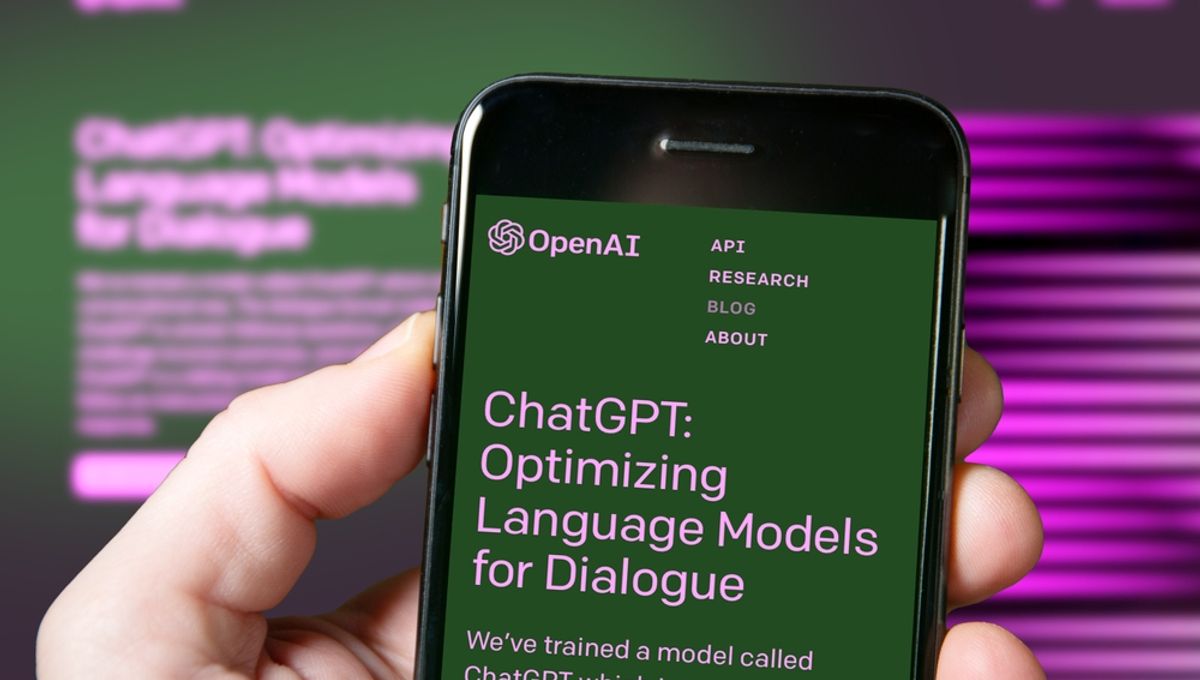Have you ever wondered what the “GPT” in ChatGPT stands for? Surprisingly, not many people can answer that off the top of their heads. Well, it actually stands for “Generative Pre-trained Transformer.”
Created by OpenAI, ChatGPT is an incredible computer program powered by artificial intelligence (AI). It engages in text-based conversations with human users, responding in a way that feels remarkably natural and human-like. You can ask it any question (within reason) or give it a request, and it will provide you with a block of text that is truly impressive.
Technically speaking, ChatGPT is a large language model-based chatbot. It is trained on vast amounts of text-based data, including books, news articles, and web pages. This extensive training allows it to construct sentences with coherence and context, making it useful for various purposes such as coding, virtual assistant services, content generation, and even writing news articles (with mixed success).
Curiously, we asked OpenAI’s ChatGPT to explain the meaning behind “Generative Pre-trained Transformer.” Here’s what it had to say:
“Generative Pre-trained Transformer” is a term that describes the key features and characteristics of the language model architecture. Let’s break down the meaning of each component:
1) Generative: In the context of natural language processing, “generative” means that the model can generate new text that resembles human language. It can produce coherent and contextually appropriate sentences, paragraphs, or even longer texts based on the patterns it learned during training.
2) Pre-trained: “Pre-training” refers to the initial phase of training the model on a large dataset containing vast amounts of text from the internet or other sources. During pre-training, the model learns to predict the next word in a sentence based on the preceding words. This process enables the model to capture the statistical patterns and relationships present in the data.
3) Transformer: The “Transformer” is a specific type of deep learning architecture introduced in the paper “Attention Is All You Need” by Vaswani et al. in 2017. It utilizes self-attention mechanisms to process input sequences in parallel, allowing the model to consider the importance of different words in the input when generating output. Transformers have become popular in natural language processing tasks due to their ability to handle long-range dependencies and their parallelization capabilities.”
Well said, ChatGPT. But please don’t take my job just yet.
In addition to OpenAI’s ChatGPT, there are a few other GPTs out there. One example is BloombergGPT, which uses similar AI technology but focuses on finance and the financial industry. Another notable one is GPT-Neo, an open-source large language model inspired by OpenAI’s GPT-3.
Currently, OpenAI and ChatGPT are leading the way in the “Generative Pre-trained Transformer” field, but there are other companies striving to claim the top spot.
All “explainer” articles are fact-checked and confirmed to be accurate at the time of publishing. Text, images, and links may be edited, removed, or added to in order to keep the information up to date.








